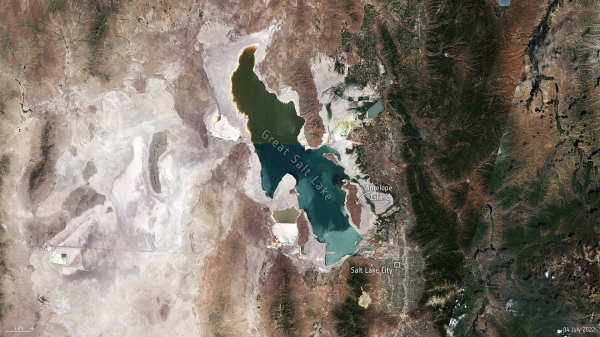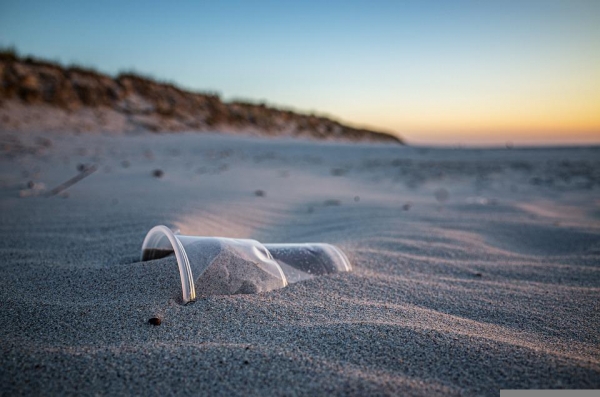

The plastics had only been submerged in the ocean off the coast of Falmouth, England for only a week, but in that period of time, a thin layer of a slime mix of mucus and microbes has developed on the plastic surfaces.
Michiel Vos, who is a microbiologist at the University of Exeter in England, had sunk 5 different types of plastic as a test. He and his team of scientists wanted to know if the microbes living in the ocean would glom on to these introduced materials.
Los and the scientist’s concern was pathogenic bacteria. To understand which plastic could be colonized by potentially deadly bacteria, the scientists injected wax moth larvae with the biofilm. After a week, 4% of the larvae which was injected died. After a few weeks, after Vos and his team had let the plastics stew in the ocean for a bit longer, they repeated the test. This time, 65 percent of the wax moths died!
The scientists then found out that the pathogenic bacteria are responsible for causing unitary tract, skin, and stomach infections, pneumonia, and other illnesses. This is how those caterpillars died!
Let’s stop water pollution and plastic pollution right now so we could stop these deadly pathogenic bacteria from killing animals to make our beloved earth a better place to live!!
Author: Sri Nihal Tammana
Source: Yale Environment 360
PC: Hamsterfreund via Pixabay


© copyright 2022 by Recycle My Battery